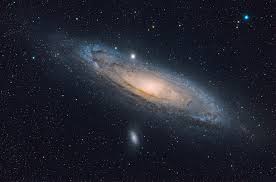
Located 2.5 million light-years away, the majestic Andromeda galaxy appears to the naked eye as a faint, spindle-shaped object roughly the angular size of the full Moon.
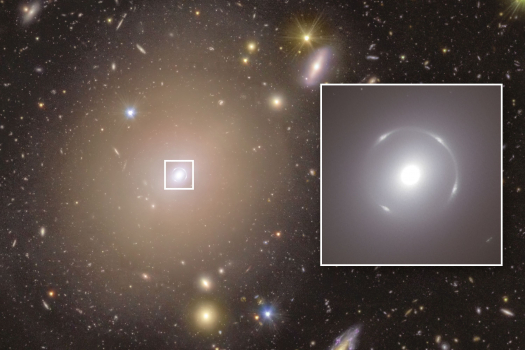
Using the European Space Agency’s Euclid space telescope, astronomers have accidentally found a complete Einstein ring around a nearby galaxy known as NGC 6505.
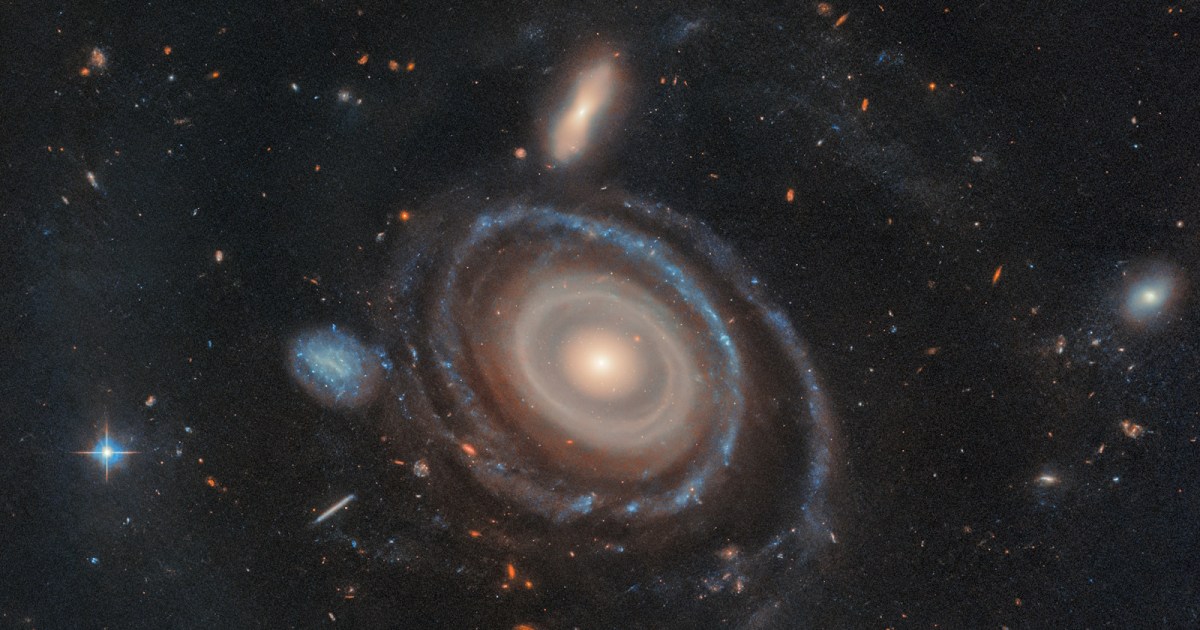
Ring galaxies are rare, but we think we know how they form. A new, early-stage version, the Bullseye galaxy, provides a new testing ground.
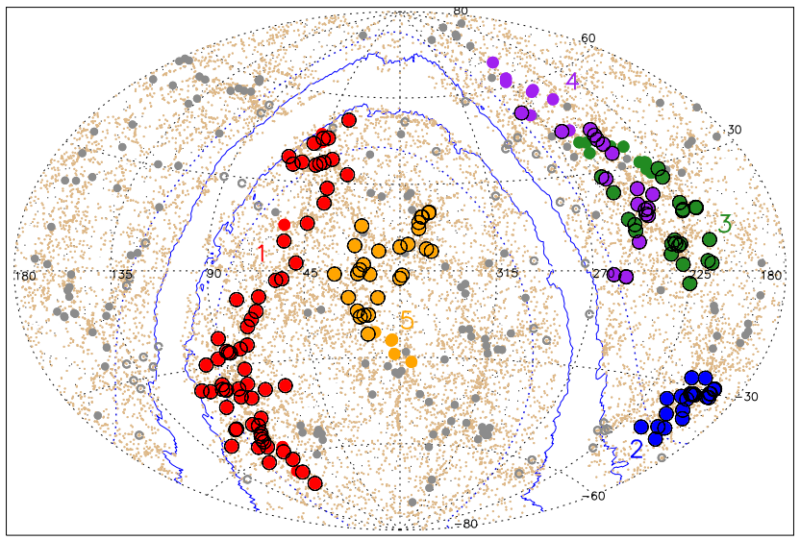
A team of astronomers have mapped the nearby universe, from about 425 million to 800 million light-years (which translates to some 130 to 250 megaparsecs), and discovered the largest-known structure residing there.
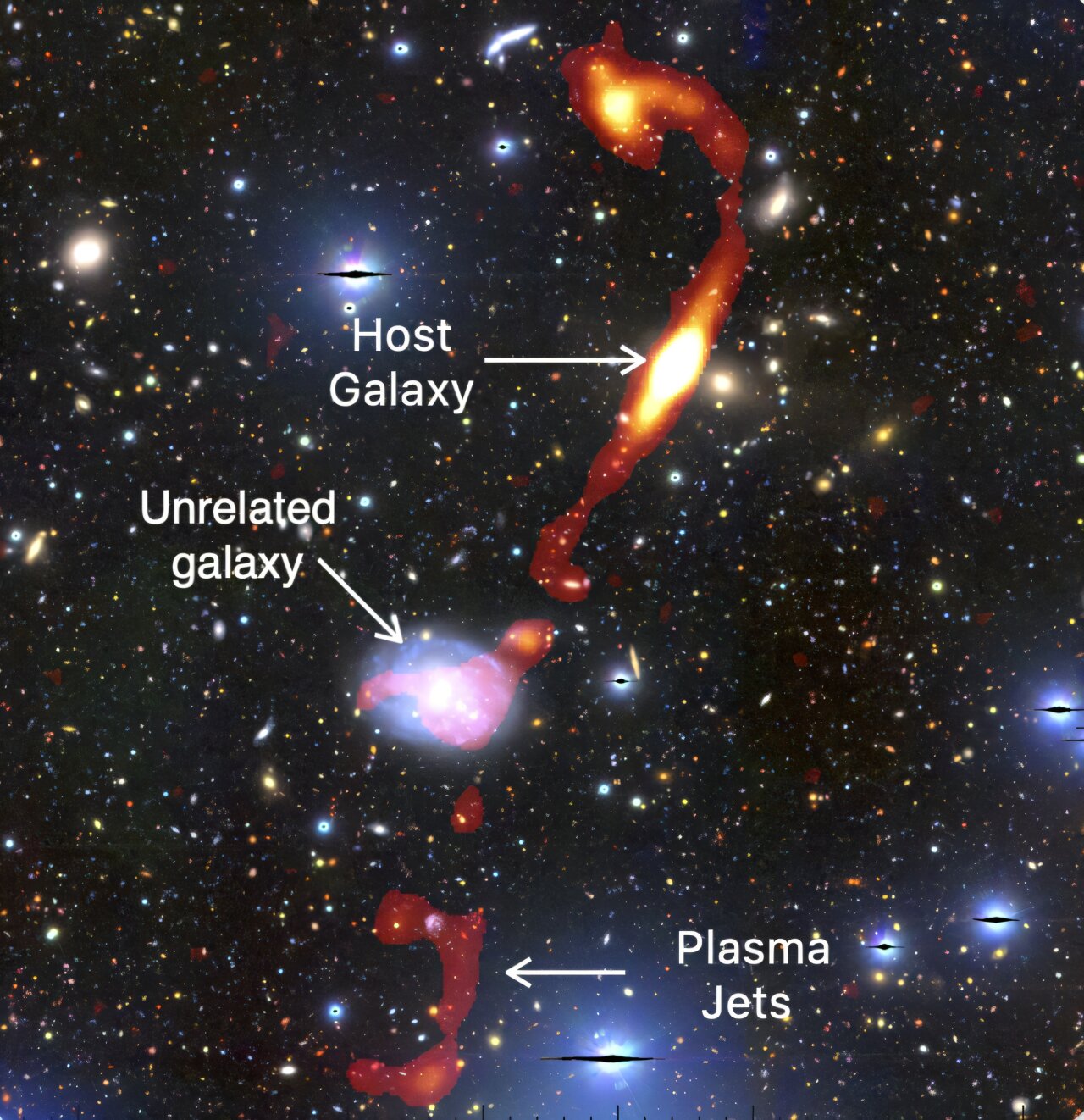
Astronomers have discovered an extraordinary new giant radio galaxy with plasma jets 32 times the size of our Milky Way.

Fast radio bursts (FRBs) are puzzling phenomena because their details are so difficult to resolve. Astronomers added another piece to the puzzle with the detection of an FRB that seems to originate in a dead galaxy.

MIT astronomers observed flashes of X-rays coming from a supermassive black hole at a steadily increasing clip. The source could be the core of a dead star that's teetering at the black hole's edge.

Taking advantage of a cosmic "double lens," astronomers resolved more than 40 individual stars in a galaxy so far away its light dates back to when the universe was only half its present age.
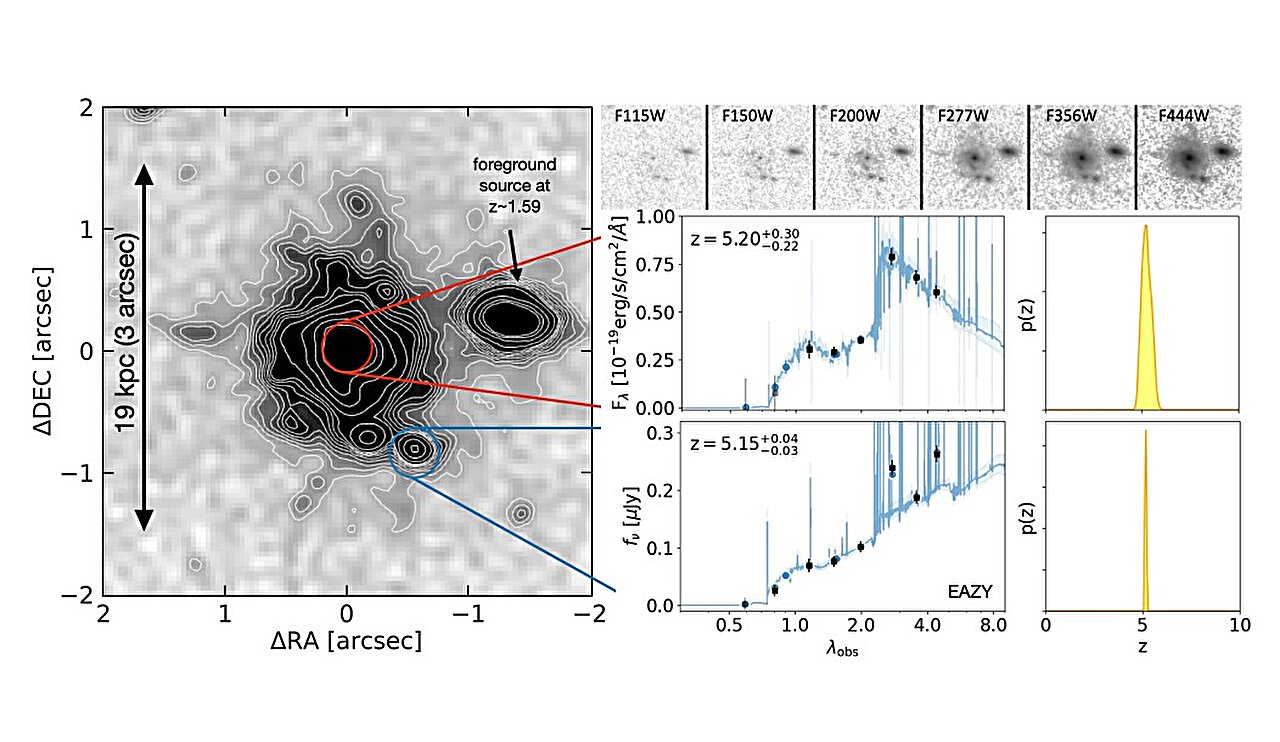
Using the James Webb Space Telescope (JWST), an international team of astronomers has detected a new grand-design spiral galaxy as part of the PANORAMIC survey.
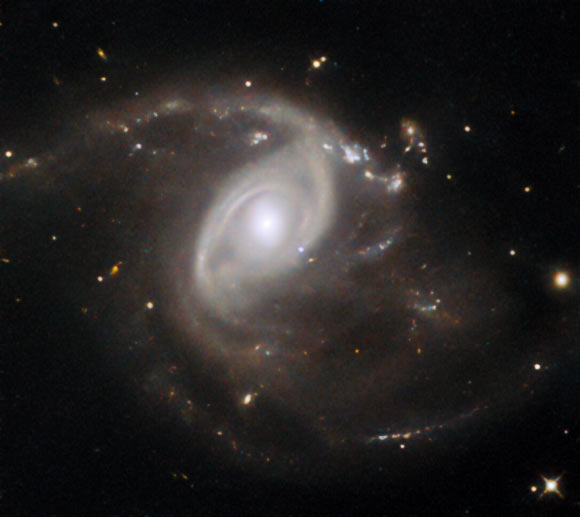
NASA has released a beautiful photo taken by the NASA/ESA Hubble Space Telescope of the spiral galaxy LEDA 22057.

Using the Hubble Space Telescope, astronomers homed in on a quasar called 3C 273, some 2.5 billion light-years from Earth.

The James Webb Space Telescope is celebrating three years from its launch. Its discoveries have already changed our understanding of the early universe.

There's a supermassive black hole lying in the centre of galaxy NGC 5084, and astronomers have discovered that the black hole appears to be tipped over on its side.
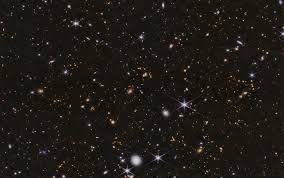
Galaxy clusters -- the big cities of the universe -- are home to many giant elliptical galaxies that have completed their growth and are not forming stars. However, it is still unclear what has shut down star formation.

Astrophysicists find the birth sites of gigantic elliptical galaxies which they say gives new clues about how they were formed. The galaxies look like bulging footballs and how they were created remains a mystery to scientists -- until now.